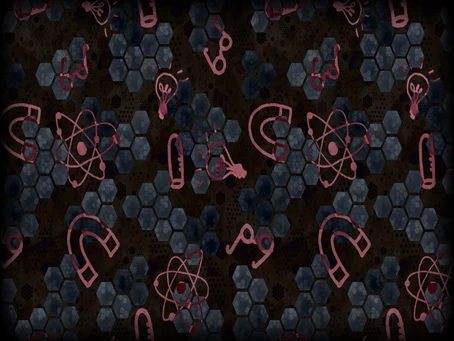Science Talk 2022 Coverage Part 1
Catch up on the happenings at Science Talk ’22 part one. Read about podcasting, story telling, policy-making, kind, and creative scicommers!

Catch up on the happenings at Science Talk ’22 part one. Read about podcasting, story telling, policy-making, kind, and creative scicommers!

A new framework offers a way for science communicators to confront racism and help dismantle White Supremacy Culture.

Rumors are inherently unreliable as an information source, so why would the public trust them over scientific experts? It’s in the values.

Although the reasons aren’t entirely clear, there is no question that uncivil disagreement erodes trust in science.

We should understand why people reject science to more effectively discuss controversial science issues.

Scientific podcasts are a popular tool for communicating science, but who is making them? And what do they hope to achieve?

How should we use stories for science communication? Carefully, it turns out – they’re powerful.

Have you ever wondered about the role and impact that science communication has on your weekly board game nights?

Writing is hard. Good writing from an academic for non-academic audience is the hardest.

An octopus, a spider, and a tiger take a selfie. Who gets more likes? The public engages with invertebrate posts more than you may think!